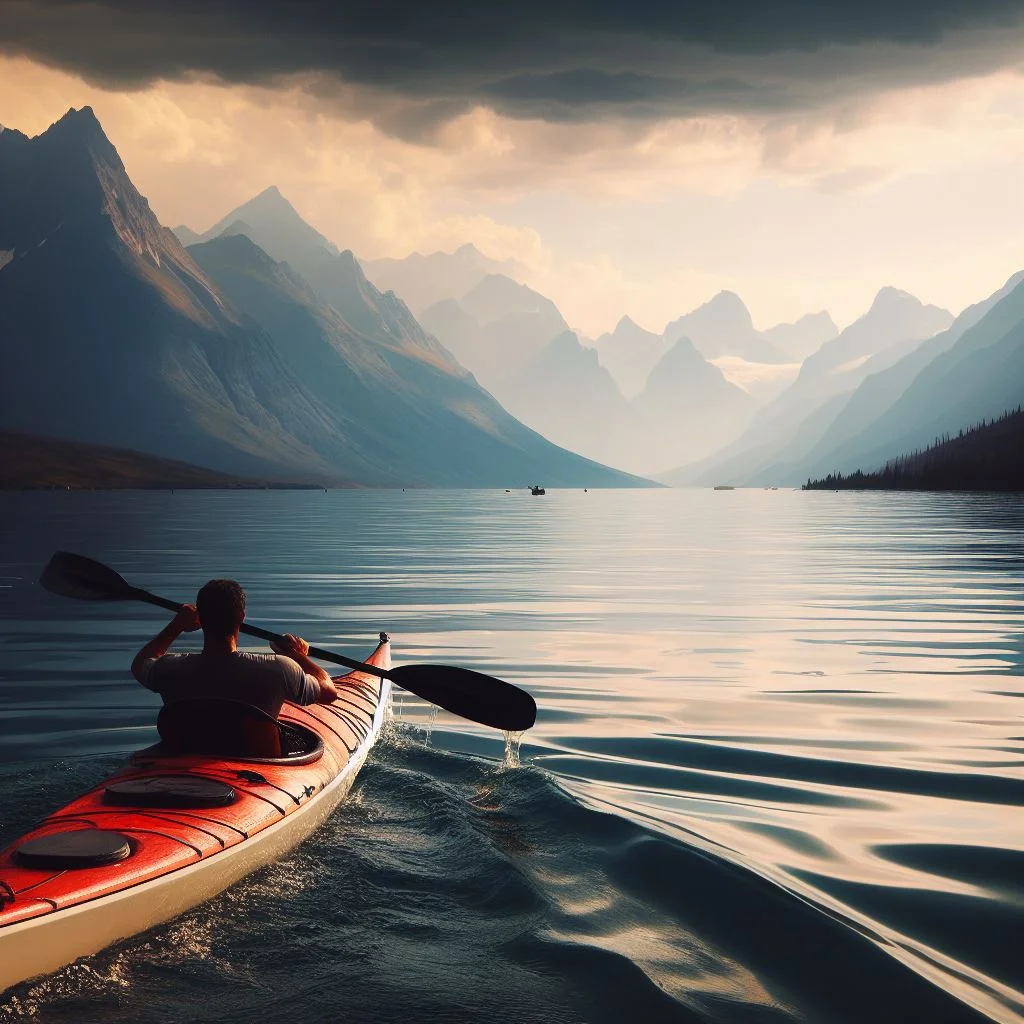One of the most frequently asked questions by both novice and experienced kayakers is, “How long will it take me to kayak 10 miles?” This is a vital question, especially when planning trips or considering taking part in kayaking competitions. While the answer isn’t straightforward due to various influencing factors, we will provide a comprehensive overview to help you gauge a good estimate.
When determining the duration for kayaking a specific distance, it’s essential to account for multiple variables like the type of kayak, the paddler’s experience, water conditions, and even the weather. By understanding these factors, you can better estimate your journey’s time and prepare adequately.
Factors Influencing Kayaking Speed

1. Type of Kayak
- Recreational Kayaks:
- Typically between 9 to 12 feet long.
- Average speed: 2-3 mph.
- Designed for calm waters like lakes and slow-moving rivers.
- Touring or Sea Kayaks:
- Longer than recreational kayaks, often 12 to 18 feet.
- Average speed: 4-5 mph.
- Built for longer trips and can handle choppy waters.
- Racing Kayaks:
- Slim, lightweight, and long.
- Average speed: 5-7 mph, though experienced racers can achieve even higher speeds.
- Crafted specifically for speed.
2. Paddler’s Experience
- Beginners:
- Might struggle to maintain consistent speed.
- Average speed: 2-3 mph.
- Intermediate Paddlers:
- More consistent pace due to better technique.
- Average speed: 3-4 mph.
- Advanced Paddlers:
- Efficient technique and stamina.
- Average speed: 4-6 mph.
3. Water Conditions
- Calm Waters:
- Easier to maintain a consistent speed.
- Lakes, ponds, and slow rivers are ideal for recreational kayaking.
- Moving Waters (Rivers):
- Current can either aid in speed or work against it.
- Fast-moving rivers might increase the average speed.
- Choppy Waters (Oceans & Seas):
- Waves and tides can significantly impact speed.
- Might require more effort, slowing down the average speed.
4. Weather Conditions
- Wind: A strong headwind can reduce your speed, while a tailwind can aid in propulsion.
- Temperature: Cold weather might slow you down as muscles get stiff. Warm weather might lead to quicker fatigue.
Estimations for a 10-mile Journey
Given the factors mentioned above, here’s a rough estimate for a 10-mile kayak journey:
- Recreational Kayak:
- 3.5 to 5 hours.
- Touring or Sea Kayak:
- 2 to 2.5 hours.
- Racing Kayak:
- 1.5 to 2 hours.
Please note, these are average figures. Individual times might vary based on the combined impact of all influencing factors.
Tips for a Faster Kayak Journey
- Proper Paddle Technique: Efficient paddling can increase your speed and conserve energy. Consider taking lessons or watching tutorials.
- Stay Hydrated: Hydration aids in muscle function and stamina.
- Streamline Your Kayak: Ensure that your kayak isn’t overloaded. A streamlined kayak moves faster.
- Regular Breaks: Taking short breaks can prevent fatigue and help maintain a consistent speed.
Conclusion
“How long does it take to kayak 10 miles?” isn’t a one-size-fits-all answer. However, with the insights provided above, you should have a clearer understanding of the influencing factors and what to expect. The most crucial point to remember is that preparation, awareness, and safety should be your priorities. Whether you’re looking to enjoy the journey or achieve a personal best, the kayaking experience should always be enjoyable and rewarding.
Read more about kayaks:
- What to Wear for Kayaking in Summer
- How to Store a Kayak in the Garage
- What is a Skeg on a Kayak
- What is a Tandem Kayak
- How to Build a Homemade Kayak Launch
- How to Get in a Kayak
- What to Wear for Kayaking?
- How to Transport a Kayak Without a Roof Rack?
- How to Build a Kayak Rack for an RV?
- Are Inflatable Kayaks Safe?
- How to Build a Rack for Kayaks?
- Do Kayaks Have a Weight Limit?
- Wilderness Systems Pungo 120 Kayak Review
- Is it hard to kayak?
- How to Lock a Kayak?
- Where to Kayak with Manatees?
- Pungo 120 vs 125: Which is the Better Choice?
- Tips to Prevent a Kayaking Flip Over and Stay Safe
- What is a Good CFS for Kayaking?
- Kayak in 5 Foot Bed: Adventure Within Reach
- Kayak Jousting: The Thrilling Watersport Fusion
- How to Ship a Kayak: A Comprehensive Guide

Hi, I’m Steve, the passionate kayaking enthusiast behind Outdoor Bravo. As an avid adventurer and nature lover, kayaking has been a central part of my life for as long as I can remember. My love affair with the water began during my childhood, and it has only grown stronger over the years. From serene lakes to rushing rivers and even challenging ocean tides, I’ve navigated various water bodies, seeking new thrills and unforgettable experiences.
